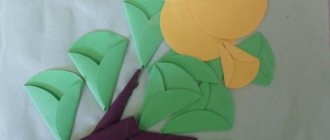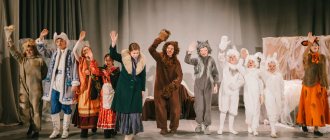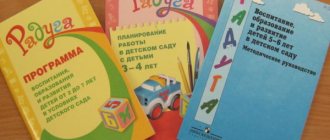Tasks and exercises by age
Here are some examples of age-appropriate exercises . By analogy, the reader can easily create his own game tasks for completing the training program.
A 5 year old child will be interested in the following activities.
- Numbers are drawn on the sheet. Using the sample, the child traces them with certain colors.
- You can learn addition on sticks. So, to solve the example 3+2, the student will first lay out three sticks, then add two more, carefully recalculate the total number and give the answer.
- Towards the end of the training course, you can try to conduct a graphic dictation. It requires preliminary preparation. A simple drawing in cells is depicted on a notebook sheet. Students will duplicate it under dictation: “2 cells down, 4 cells to the right.” Despite its complexity, the exercise delights preschoolers.
Principles of training
When introducing mathematics to young children, it is important to follow several principles that allow you to correctly structure the learning process.
- Step by step. The child is just beginning to try himself in the new role of a student - it is useless to demand that he master all the material in its entirety. After each topic covered, there are lessons to consolidate and review previously covered material. The level of difficulty of the topic and exercises should also be justified.
- Complexity. Mathematics for children 5 years old includes not only the rules of counting, addition, subtraction, but also tasks on logic, the ability to navigate in space, knowledge of geometric shapes, etc.
- Positive reinforcement. Praise is important for kids. This way they have an incentive to solve the problem and rejoice at their first successes.
- Availability. Not all children master the material quickly. If a child has difficulty completing a math task, it is better to offer another exercise that he can handle.
- Subjectivity and visibility. Toddlers do not immediately begin to count “to themselves.” For a long time they need visual reinforcement.
- Unobtrusiveness. Any exercise is offered in the form of a game and is not mandatory. The main goal is to interest and explain. If a child is not interested, he will not perceive the information properly.



